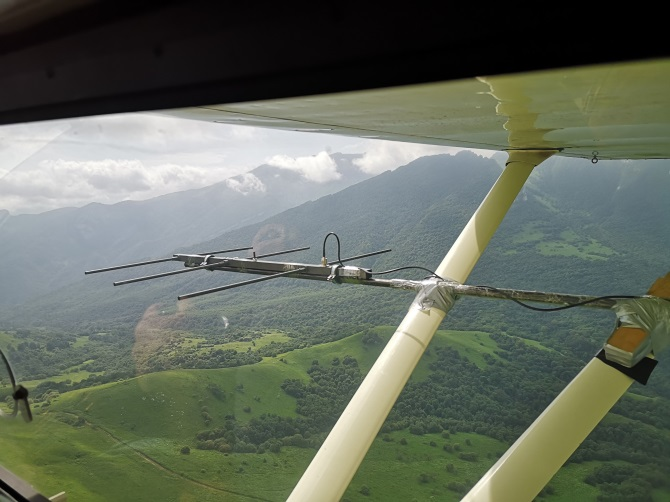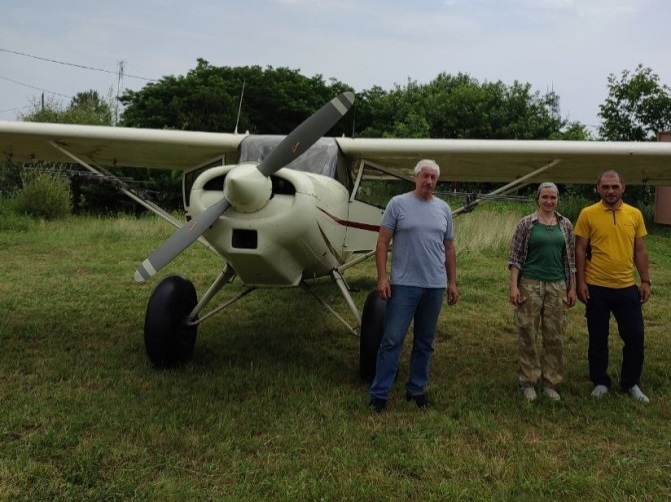
Specialists of the project to restore the population of the Central Asian leopard in North Ossetia began to apply new methods of animal monitoring. The new technique was applied in connection with the need to search for the female Agura.
In March, the GPS information from her collar stopped working, and before that the collar of the male Baksan stopped sending signals. Satellite transmitters could be damaged while hunting wild ungulates, or they could have had technical problems. But on both collars, radio beacons continue to work, the signals from which scientists have recorded from time to time during ground monitoring. Therefore, it was decided to search for animals using a radio signal from the air.
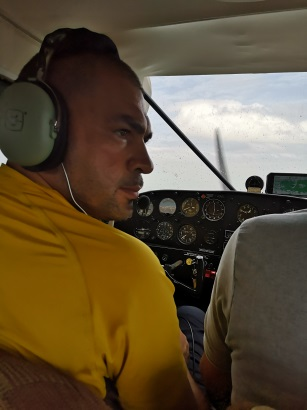
For this, special equipment was selected to amplify the signal, and with the help of a light aircraft, flights were carried out over the territory of North Ossetia. On the plane, on both sides of the board, special antennas were fixed, which makes it possible to pick up the signal both to the left of the flight route, and to the right, as well as in front. This arrangement of equipment increases the likelihood of detecting animals.
The efficiency of the technique was specially calibrated during training flights and flights of a stationary signal source known to researchers, similar to that emanating from leopard collars. To date, flights have been carried out over wooded ridges. No signals have yet been found in the surveyed area. It is likely that, to protect themselves from hot weather, leopards climbed to higher mountainous areas, where now, among other things, there may be a high concentration of wild ungulates. The scientific group plans to continue searching for animals using all possible monitoring methods.
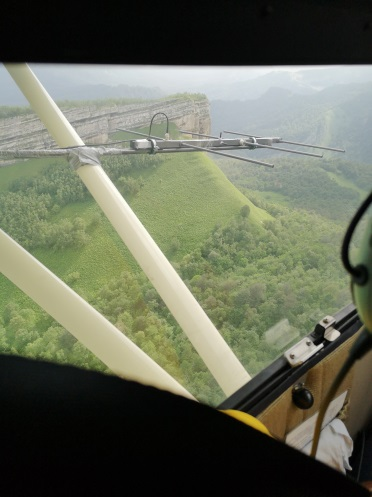
Leopards Baksan and Agura were released in North Ossetia in August 2020. While the signals from the satellite transmitter were regularly received, monitoring of animals testified to their successful adaptation to life in the wild.
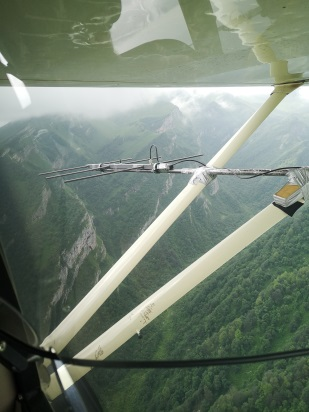
The testing of the new methodology was carried out by specialists from the IEE RAS, IEGT RAS and the North Ossetian Nature Reserve with the help of RusHydro, DOSAAF-RSO and World Fund for Nature.
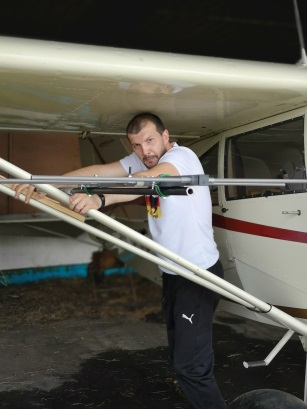
The program for the restoration of the Central Asian leopard in the Caucasus is being implemented by the Ministry of Natural Resources of Russia with the participation of the Sochi National Park, the Caucasian Nature Reserve, the North Ossetian Nature Reserve, the Alania National Park, the World Fund for Nature, the A.N. Severtsov of the Russian Academy of Sciences (IEE RAS), A.K. Tembotov Institute of Ecology of Mountain Territories RAS, Moscow Zoo, with the assistance of the International Union for Conservation of Nature (IUCN) and the European Association of Zoos and Aquariums (EAZA). VTB Bank provides financial support for the monitoring of the Central Asian leopard in the Caucasus. In North Ossetia, RusHydro provides financial support for the population recovery program.
